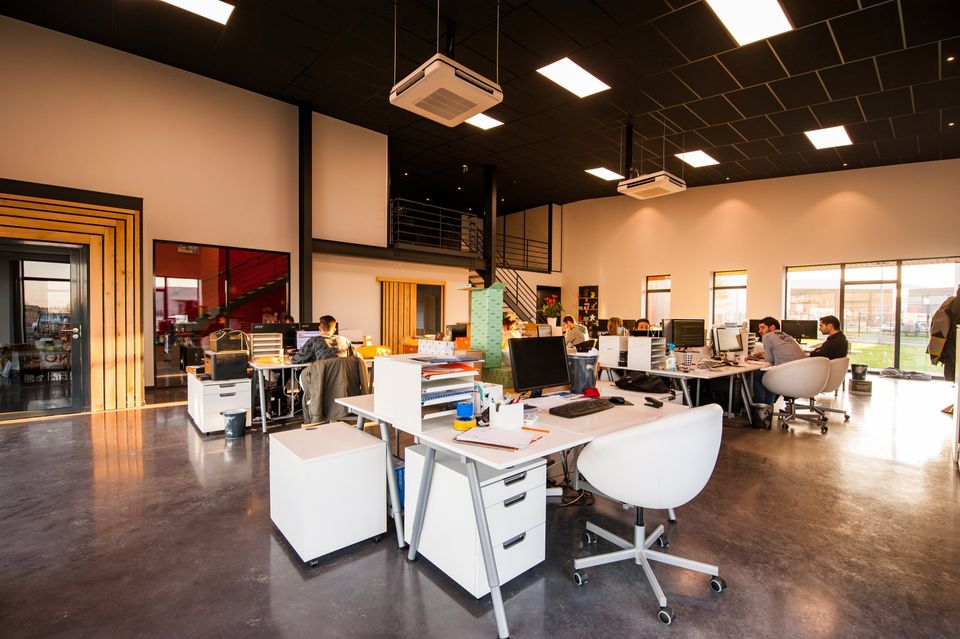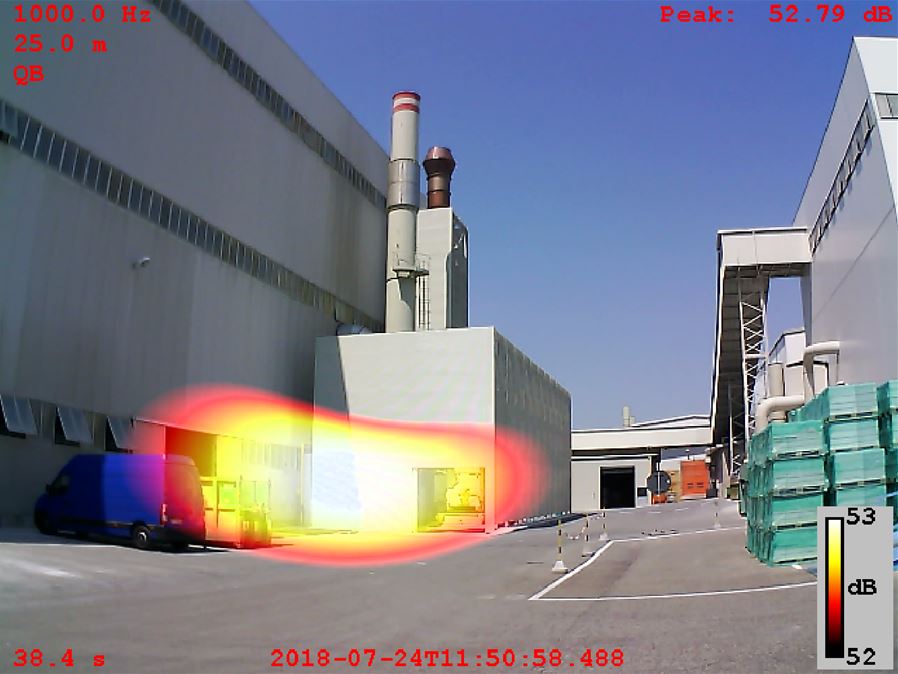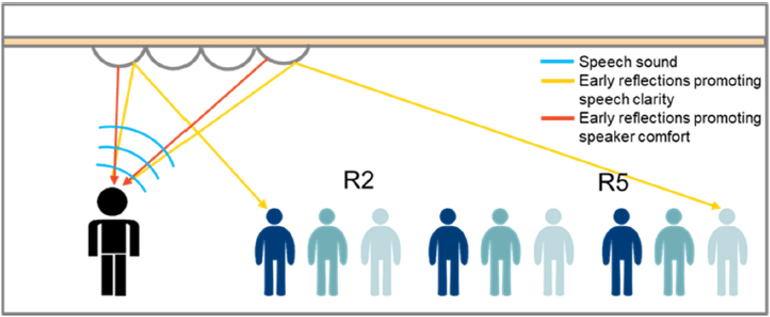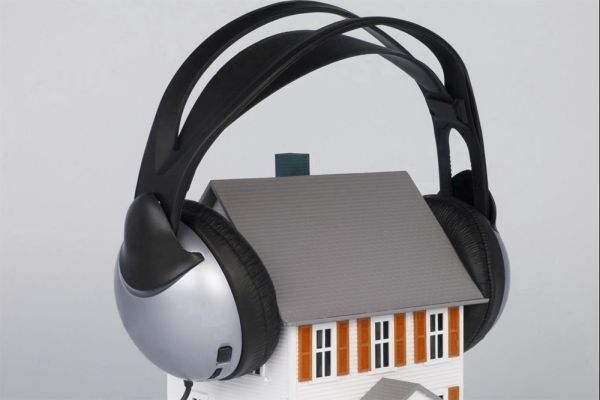Un nuovo metodo per una progettazione acustica ottimale negli uffici open space
I metodi tradizionali per la valutazione della progettazione acustica utilizzano dati che si riferiscono ad uno spazio vuoto non occupato. Ma è innanzitutto quando si considerano le attività per le quali lo spazio è progettato, e si tengono in considerazione fattori come la densità occupazionale, che la modellazione acustica può dare un contributo più significativo e rilevante alla progettazione. Jack Harvie-Clark, fondatore della società di consulenza Apex Acoustics, è passato dal pensiero all'azione e ha sviluppato un nuovo metodo incentrato sull'occupante per la progettazione acustica.
Il metodo Apex è indicato nella prossima ISO 22955 come metodo per determinare i requisiti acustici tra aree con diversi tipi di utilizzo.

Articolo tratto da:
The traditional way of understanding the performance of spaces in buildings is to define the way the room responds to sound, measuring with a sound meter when the room is empty. That might be in terms of reverberation time or ambient noise or speech intelligibility. This room acoustic response is one factor that can contribute to acoustic satisfaction. But it doesn’t tell you anything about the occupational density in the room or what kind of activities that are going on – factors which intuitively will affect the acoustic satisfaction of the occupants.
“When you start looking at it from the other end of the scale, what the occupants of offices say about their experience, you’ll get a different perspective on what’s good and what’s not good,” Jack Harvie Clark says.
Jack Harvie-Clark, founder of the consultancy Apex Acoustics
Three pillars of acoustic satisfaction
To get a better picture you need to explore and define three pillars of acoustic satisfaction:
- Room acoustic response.
- Adjacencies, activities and in-situ environment.
- People, personal preferences and culture.
“You have to know whether people are mainly doing telephone work, individual work or if they collaborate with people in the office. That’s the second pillar. But the third pillar is the most important. Hearing unwanted speech is distracting, but I think the real impact is annoyance, and annoyance comes from the lack of control. The sense of control, even if people choose not to exercise it, has huge impact. In activity-based offices, people suddenly have control.”
The context of the activities
Apex has invented a method that measures the acoustic impact of different activities on nearby workstations. And it takes into account the context of the activities, not only factors such as distance and noise level.
“If you have a break-out point near a section where people are working, that will probably disturb more than if it is a collaborative spot nearby a row of desks. The reason for this is that people will probably talk about things that is not work-related at the break-out point. That kind of speech is more annoying for people who are trying to concentrate, than work-related speech. On the other hand, a meeting area where people work collaboratively may be less sensitive to other people talking, and may function effectively with less noise protection.”
Sensitivity in relation to noise emission
Apex has described different types of areas and the levels of sound they are emitting, combined with the sound sensitivity of different types of work. The method uses the Liveliness index to describe the sensitivity of each area. It also takes into account the background noise level, that is a combination of the noise from the building services and the background noise of the activities.
format_quote
The method tells us what level of sound protection is needed.
“We make assumptions of how much protection different types of spaces need from their sensitivity to noise, in relation to other spaces’ emission of noise. It tells us how much protection to noise you need from one area to another. We don’t suggest certain design solutions. The method just tells us what level of sound protection is needed.”
Jack says that good interior designers intuitively use this method.
“The first thing they do is thinking about zoning the office, putting the noisy and quiet areas in different parts of the office. But it is when they are getting down to details, when different activity areas get close to each other, they don’t have a method to describe what is needed in terms of noise protection. What’s more, they don’t know how to justify noise protection. That is one reason we have developed the method.”
Jack Harvie-Clark
Control leads to huge improvements
Jack shows an example of an office that was re-designed for activity-based working. But nothing was done concerning the lights, the air quality, the thermal conditions or the acoustic standard. Apex made a study of the acoustic performance of the room before and after. The acoustic parameters characterising the room were almost identical. The lighting and the thermal conditions were measured as well.
“There were huge improvements on how people experienced the physical environment. In user surveys, satisfaction with the lighting conditions improved 23 percent, the thermal conditions 39 percent and the acoustic environment improved 21 percent. Yet, nothing had been done in terms of the physical conditions. Nevertheless, people were much more satisfied, because the office design allowed a certain amount of control. Control over the environment changes your perception of it.”
format_quote
We know that the biggest cost of the organisation is not the building or the design of the office, it’s the staff. If you can make them happier and more productive, then it is worth it.
Enhanced productivity with optimised acoustics
Thus, Jack suggests that you can improve acoustic satisfaction just by giving people choice and control. Then you take the next step to make the sound environment even better. This is when Jack and his colleagues start their modelling to identify exactly where and to what extent you need better noise protection to optimise the overall sound environment and together with that enhance the wellbeing and productivity of the staff.
“We know that the biggest cost of the organisation is not the building or the design of the office, it’s the staff. If you can make them happier and more productive, then it is worth it.”
Neither complicated nor expensive
The Apex method is based on modelling, not measuring.
“We are only doing it by modelling, even in an existing office. If you’ve got an existing office and you want to know the effects of certain changes, you can only calculate the changes in a model. It’s very difficult to get a good agreement between a model and measurements inside.”
According to Jack, the method is neither complicated nor expensive to apply.
“No, it just takes a discerning eye”, Jack laughs. “It is no more expensive than any other acoustic consultancy. It’s just about thinking in a more holistic way, from a different perspective. You can´t consider the physical acoustic environment separately from the activities that people are doing.”



